This is truly momentous.
A joint letter signed by 90 esteemed national and state organizations was sent to Congress today, asking for $15 million per year in line-item funding to promote breastfeeding and protect and support breastfeeding mothers. The United States has lower breastfeeding continuation rates than most industrialized countries, and consequently suffers from increased adverse health, economic and environmental outcomes. The letter also calls for the establishment of a new Interagency Work Group on breastfeeding to help decide how to use the funds to support a strategic plan to improve breastfeeding rates. Read the letter here. It is short and well worth it.
The letter originated from the American Public Health Association, has 35 national signatories that include organizations focused on many aspects of health, from public health, to women’s health, to children’s health. Among the signatories are the American Academy of Pediatrics, the American Academy of Family Physicians, the American College of Obstetrics & Gynecologists, the American College of Nurse Midwives, the American Dietetic Association, Lamaze International, and the National WIC Association. The Best for Babes Foundation is a proud co-signer of the letter.
In addition to the national signatories, there are 55 state, local, and tribal signatories representing 43 states, the District of Columbia, the Northern Mariana Islands, and the Navajo Nation.
The letter comes as the House and Senate Appropriations Committees are marking up the current appropriations bills. “We need to speak loudly and with one voice,” said Dr. Melissa Bartick of Massachusetts, who helped spearhead the letter as the chair of APHA’s Breastfeeding Forum. You can read the letter online here.
We congratulate and salute Dr. Bartick and the APHA on ther tenacious efforts, and are grateful to count Dr. Bartick as a close friend of Best for Babes. We were included in the early discussions leading up this letter; discussions about the complete lack in this country of a coordinated, breastfeeding infrastructure. Why do we need a breastfeeding infrastructure? Because the road to breastfeeding success has been sown with land mines — the “Booby Traps.” “Booby Traps” are the barriers that keep 60% of moms from achieving their personal breastfeeding goals-whether that is 2 weeks, 2 months or 2 years-and keeps 86% of them from achieving the minimum recommendation of exclusive breastfeeding for 6 months by the AAP and every other medical and health institution. According to the Centers for Disease Control, 88% of expecting moms WANT to breastfeed, but they are prevented from succeeding due to family and cultural squeamishness and disapproval, poor physician, health professional & hospital practices, employment, insurance and legal barriers-in fact so many barriers have been constructed that it’s remarkable moms succeed at all (moms are a pretty tenacious bunch). No wonder there is so much emotional reaction to this topic; mothers have had to fight incredibly hard for the right to breastfeed, and far too many moms and babies have suffered terribly. Imagine if women had to fight this hard to be allowed to kiss and hug their children? Both acts are natural and instinctive. Breastfeeding has been made much harder than it needs to be-sort of like running a race in flip-flops while people are throwing tomatoes at you. A large part of what Best for Babes is doing is shifting the pressure off moms and putting it squarely on the barriers; we are changing the cultural perception of breastfeeding, raising awareness of the “Booby Traps“, and using positive social marketing to recognize and reward those who are helping mothers (e.g. hospitals that achieve the Baby-Friendly designation, companies that have excellent lactation programs, etc.) and put pressure on those who are not. We are fighting for the rights of mothers who can not breastfeed or decide not to breastfeed to the next best substitute: screened, pasteurized, donor milk from a human milk bank, and to infant formula in the rare case of galactosemia. Our Credo is that ALL mothers, whether they breastfeed or not, deserve to be cheered on, coached and celebrated without pressure, judgment or guilt.
An important excerpt of the joint letter:
Okay, $13 billion is a lot of money that could be saved. But wait, there’s more . . .
1) What could we save on increased risk of life-long illness for babies who were not breastfed? The $13 billion per year mentioned above is just for pediatric illness.
2) What could we save on excess costs for maternal illness? If women with a family history of breast cancer can reduce their risk for the disease by 59%, are we perhaps neglecting to race for the cure right under our nose? What about the lower risk for heart disease, the number one killer? Diabetes? Obesity? Post-partum depression? Shall we go on, tallying the costs for booby-trapping moms? Incalculable is the loss to families and children.
3) What is the cost to our environment for low breastfeeding rates? I have to imagine it is billions and billions more. Packaging and transportation of formula and bottles, waste disposal are just the tip of the iceberg; another threat is the increased bovine gas due to formula manufacture; bovine gas and the resulting methane is a bigger threat to our environment than cars. And what about the medical waste for treating increased disease? Can some environmental organization . . . the Environment Working Group, or the National Resource Defense Council, perhaps, tell us, what is the carbon footprint of formula?
4) What is the economic cost of low breastfeeding rates? What do companies lose on missed days of work due to increased illness, lower employee morale, higher turnover by not supporting breastfeeding? How does it impact our global competitiveness?
Do you think that a cost-saving of $13 . . . perhaps $20 . . . perhaps $50 billion annually is worth spending $15 million annually? Somebody help me with the math. Isn’t that less than 1%? It seems to me that the budget we are asking for is too small. What do you think?



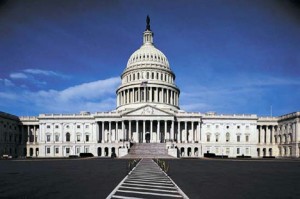
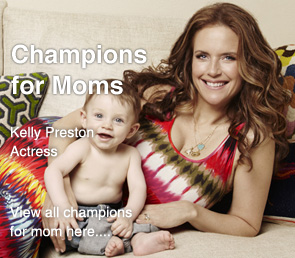
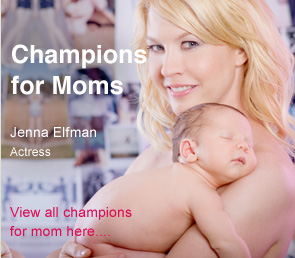
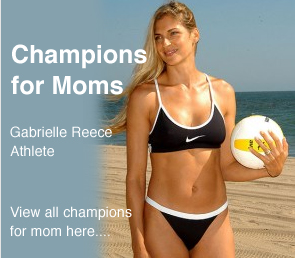
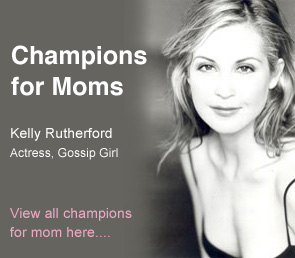
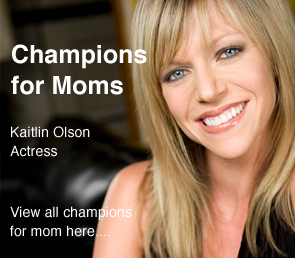
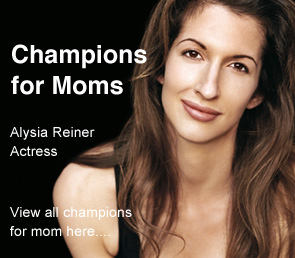
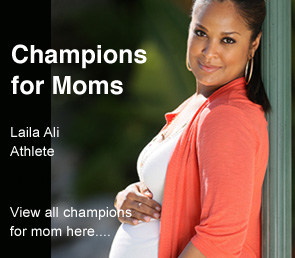
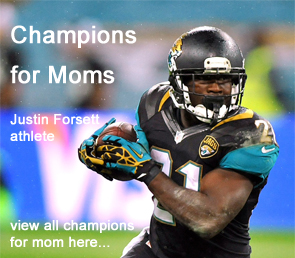
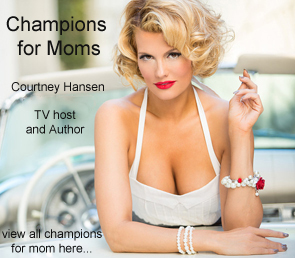
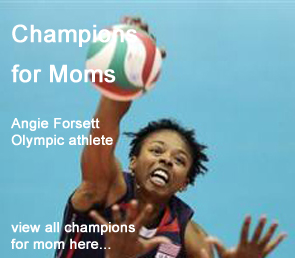
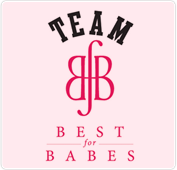
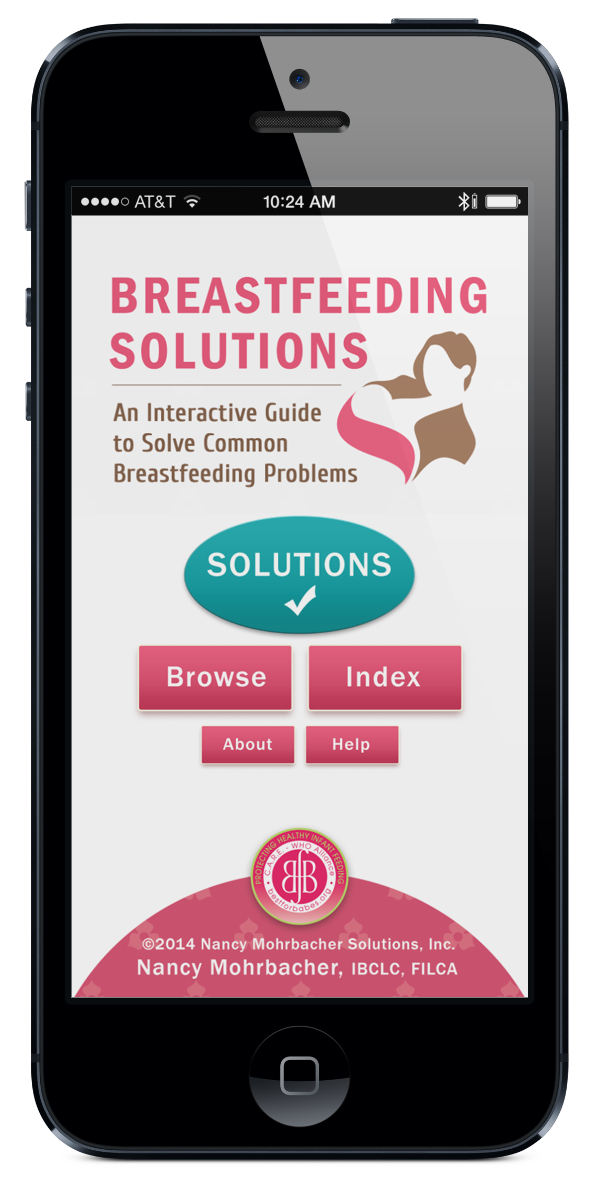
Excellent news and excellent post Bettina.